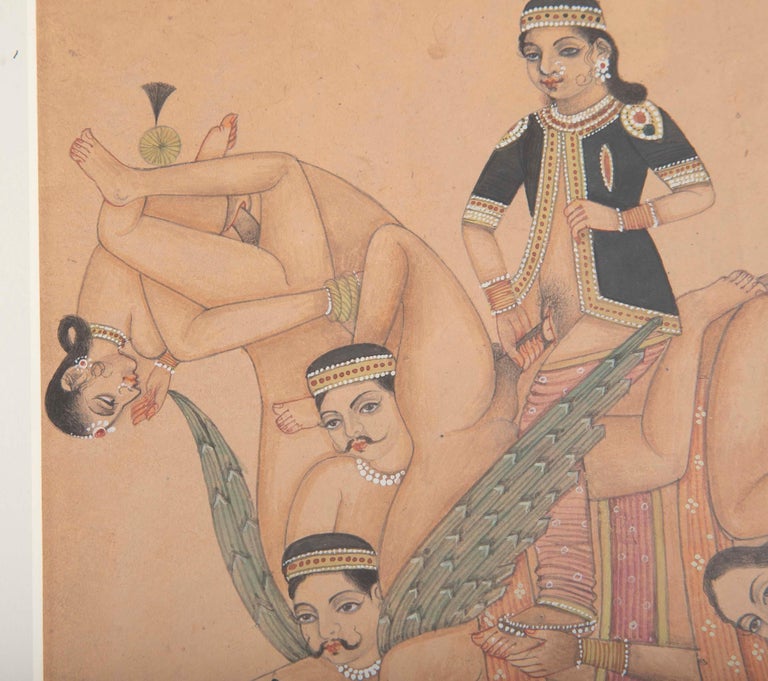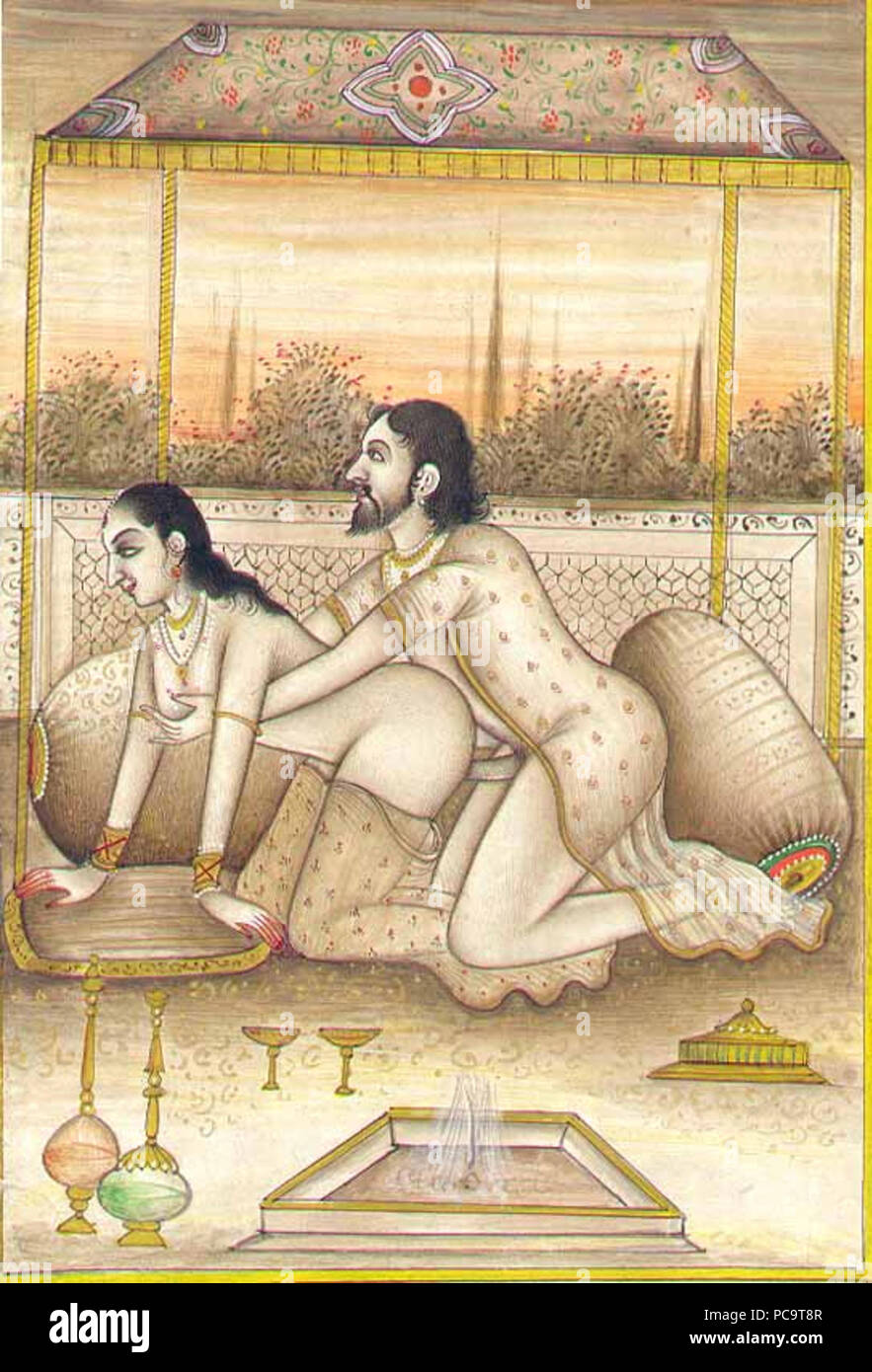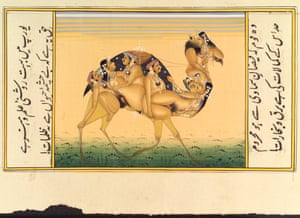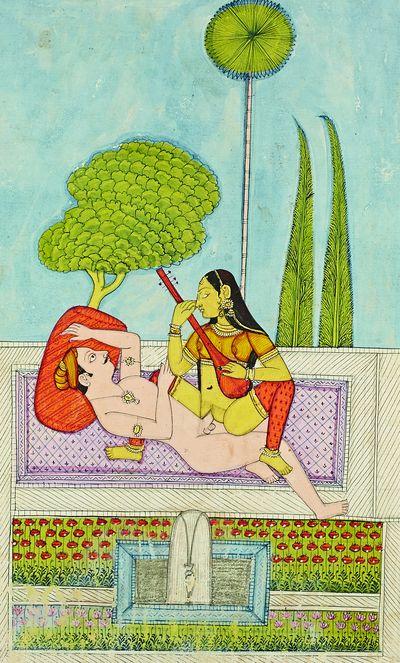The art of 19th century India holds within it a captivating and unique aspect that often sparks curiosity and intrigue: the realm of erotic art. This form of artistic expression, although considered taboo in many cultures, played a significant role in Indian society during that time period. The intricate and sensuous depictions found in these artworks provide a window into the rich tapestry of Indian culture, exploring themes of love, passion, and human connection.


The unique nature of 19th century Indian erotic art lies not only in its subject matter, but also in the exquisite craftsmanship and attention to detail displayed in each piece. These artworks often feature vibrant colors, delicate brushstrokes, and meticulous rendering of human forms, allowing for an aesthetically pleasing experience that goes beyond mere titillation.


Beyond their visual allure, these artworks also offer valuable insights into the social and historical context of the era. They reflect the openness and acceptance of sensuality in Indian society, as well as the celebration of human desire and intimacy. Additionally, they shed light on the diverse range of relationships and expressions of love prevalent during that time, challenging conventional notions and providing a more nuanced understanding of human connections.


By delving into the world of 19th century Indian erotic art, one can gain a deeper appreciation for the complexity and richness of Indian culture. It is a testament to the artistic prowess and progressive mindset of the era, pushing boundaries and offering a glimpse into a realm of beauty and passion that continues to fascinate and provoke contemplation to this day.



